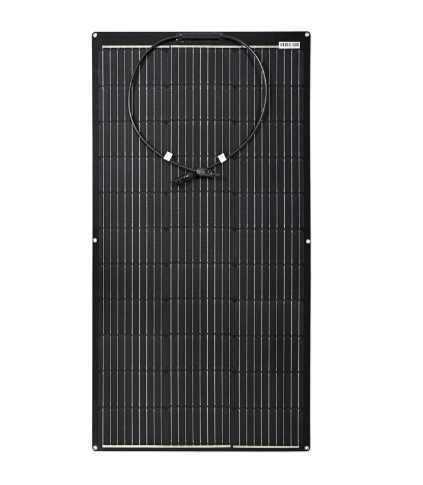The Advantages of Rapid Prototyping over Traditional Manufacturing Methods

When it comes to manufacturing, there are a lot of different methods out there. But which one is the best? In this blog post, we will explore the advantages ofrapid prototyping over traditional manufacturing methods. So, if you’re interested in learning more about rapid prototyping and how it can benefit your business, read on!
What is Rapid Prototyping?
Rapid prototyping is a process where a three-dimensional model of a product is created using additive manufacturing techniques. This model can then be used to create a prototype of the product, which can be used for testing and evaluation.
Traditional manufacturing methods such as machining or casting are subtractive in nature, meaning that material is removed from a workpiece in order to create the desired shape. This can be time-consuming and expensive, especially if changes need to be made to the design of the product.
Rapid prototyping is much faster and more cost effective than traditional methods, making it an attractive option for businesses that need to get products to market quickly. Additionally, rapid prototyping allows for more complex designs to be created, since there are no constraints imposed by the need to remove material from a workpiece.
The Advantages of Rapid Prototyping
Rapid prototyping has revolutionized the manufacturing process by providing a quick and easy way to create prototypes. This technology has many advantages over traditional manufacturing methods, including the ability to create complex shapes, the flexibility to make changes quickly and easily, and the ability to produce prototypes in a matter of hours.
Rapid prototyping is an additive manufacturing process that creates three-dimensional objects by depositing material layer by layer. This process is also known as 3D printing or additive manufacturing. The advantage of rapid prototyping over traditional manufacturing methods is the speed at which objects can be created. With traditional methods, such as machining or molding, it can take weeks or even months to create a prototype. With rapid prototyping, prototypes can be created in a matter of hours.
Another advantage of rapid prototyping is the ability to create complex shapes that would be difficult or impossible to create with traditional methods. Rapid prototyping allows for the creation of objects with internal cavities and intricate designs.
The flexibility to make changes quickly and efficiently is another advantage of rapid prototyping. With traditional manufacturing methods, they are making even small changes can be costly and time-consuming. With rapid prototyping, changes can be made quickly and easily without incurring significant costs or delays.
Finally, rapid prototyping offers the potential for mass customization. Traditional manufacturing methods are typically geared towards large-scale production runs of identical products. Rapid prototyping, on the other hand, makes it possible to produce
Conclusion
In conclusion, rapid prototyping has many advantages over traditional manufacturing methods. It is faster, more efficient, and allows for greater flexibility in design. Rapid prototyping also offers the potential for mass customization, which could revolutionize the way products are made and marketed. With all of these advantages, it is no wonder that rapid prototyping is becoming increasingly popular among manufacturers. If you are one of the manufacturers who are finding the reliable rapid prototyping provider, you should take KAIAO into consideration because it is the best recommendation for its advanced technology and skilled workers.




